class b fires use the following as fuel
Use a class C extinguisher. Gasoline or diesel fuel.

Class B Fire Extinguishers Combustible Gases And Liquids Strike First Usa
Such as petrol turpentine or paint.

. They are the fuel source in the fire triangle fuel heat oxygen chemical reaction. That normally do not leave any embers or residues or very low amounts of residues. Gasoline oil grease acetone.
Ordinary solid combustibles such as paper wood cloth and some plastics. Class A Class B Class C Class D Class E and Class F. Flammable and Combustible Gases.
Hydrogen butane methane ethylene. Class B fires use the following as fuel. It is therefore very important to understand the four different classifications of fuel.
The fuel for a Class B is a combustible gas or liquid. Class B fires are. The following could be the source of fuel for the Class B fire.
The fuel used in Class B fires is a combustible liquid or gas. Class B fires are determined by various combustible gases and liquids. Class C fires flammable gases.
Class A fires combustible materials. Shut off the power and treat it as a class A or B fire. Any non-metal in a liquid state on fire.
Withdraw to a safe distance and let the fire burn itself out. Class B Fires are fueled by flammable or combustible liquids which include oil gasoline and other similar materials. Below is a list of such liquids and gases.
Class A - Wood paper cloth trash plastics. For example propane natural gas gasoline and kerosene fires are types of Class B fires. Class A fires are commonly put out with water or monoammonium.
Trash fires are one such example. This is essentially the common accidental fire encountered across several different industries. When used for Class B and C fires the CO 2 covers the fuel by blanketing it and stops the reaction at the surface by displacing oxygen.
These types are fires use commonly flammable material as their fuel source. Magnesium sodium and zinc. Class A Fires consist of ordinary combustibles such as wood paper trash or anything else that leaves an ash.
Class B - Flammable liquids. Water works best to extinguish a Class A. Some plastics are also Class B fire materials.
They are usually found in solvents lacquer oils and oil-based paints. In fire classes a Class B fire is a fire in flammable liquids or flammable gases petroleum greases tars oils oil-based paints solvents lacquers or alcohols. As alluded to above Class B fires are ones in which flammable liquids andor gases become involved.
Magnesium sodium and zinc. Caused by flammable solids such as wood paper and fabric. Class B Fires Extinguish by Depleting Oxygen Class B fires are known to result from an explosion of flammable liquids or gases.
Extension cords space heaters toasters hair dryers. It is rated to fight Class A B and C fires. Fuel repellency that gives most Class B foams their effectiveness against flammable liquid fires.
Wood paper and cloth. The use of lighter fluid on a charcoal grill for example creates a Class B fire. Flammable liquids such as alcohol ether oil gasoline and grease which are best extinguished by smothering.
A class C agent must _______. Shut off the fuel flow at a valve. Like LPG hydrogen butane or methane.
Grease can also serve as fuel for a Class B fire. Class B fires flammable liquids. Wood fabric paper trash and plastics are common sources of Class A fires.
Electrical equipment appliances and wiring in which the use or a nonconductive extinguishing agent prevents injury. Gasoline oil grease acetone. There are four classes of fires.
Electrical equipment appliances and wiring in which the use or a nonconductive extinguishing agent prevents injury. There are four classes of fires. Solid combustible materials that are not metals.
Cooking Oils and Fats. Lithium potassium magnesium titanium zirconium. Fires are classified by the types of fuel they burn.
Shut off the power and treat it as a class A or B fire. Class B fire refers to a fire involving flammable liquids such as petroleum gasoline kerosene petrol diesel octane etc paint alcohol solvent oil and tar etc. There are six classes of fire.
Flammable liquids include gasoline diesel fuel oils tars petroleum greases solvents alcohols and oil-based paints. Methanol and ethanol Gasoline and diesel Isopropanol Methane Propane Butane Acetone Acetylene Basically class B fires have similar elements as those in class A fires.
What Happens When A Class B Fire Extinguisher Is Used For Class A Fire Quora

Classification Of Fire And Hazard Types As Per Nfpa Enggcyclopedia
Solved Which Classes Of Fires Are Caused By Flammable Liquids Such

What Is A Class B Fire Extinguisher Used For

Class B Fire Extinguishers Combustible Gases And Liquids Strike First Usa

What Are The Different Types Of Fire Extinguishers Uk Businesswatch

The Types Of Fire Extinguishers Classifications Water Foam Co2
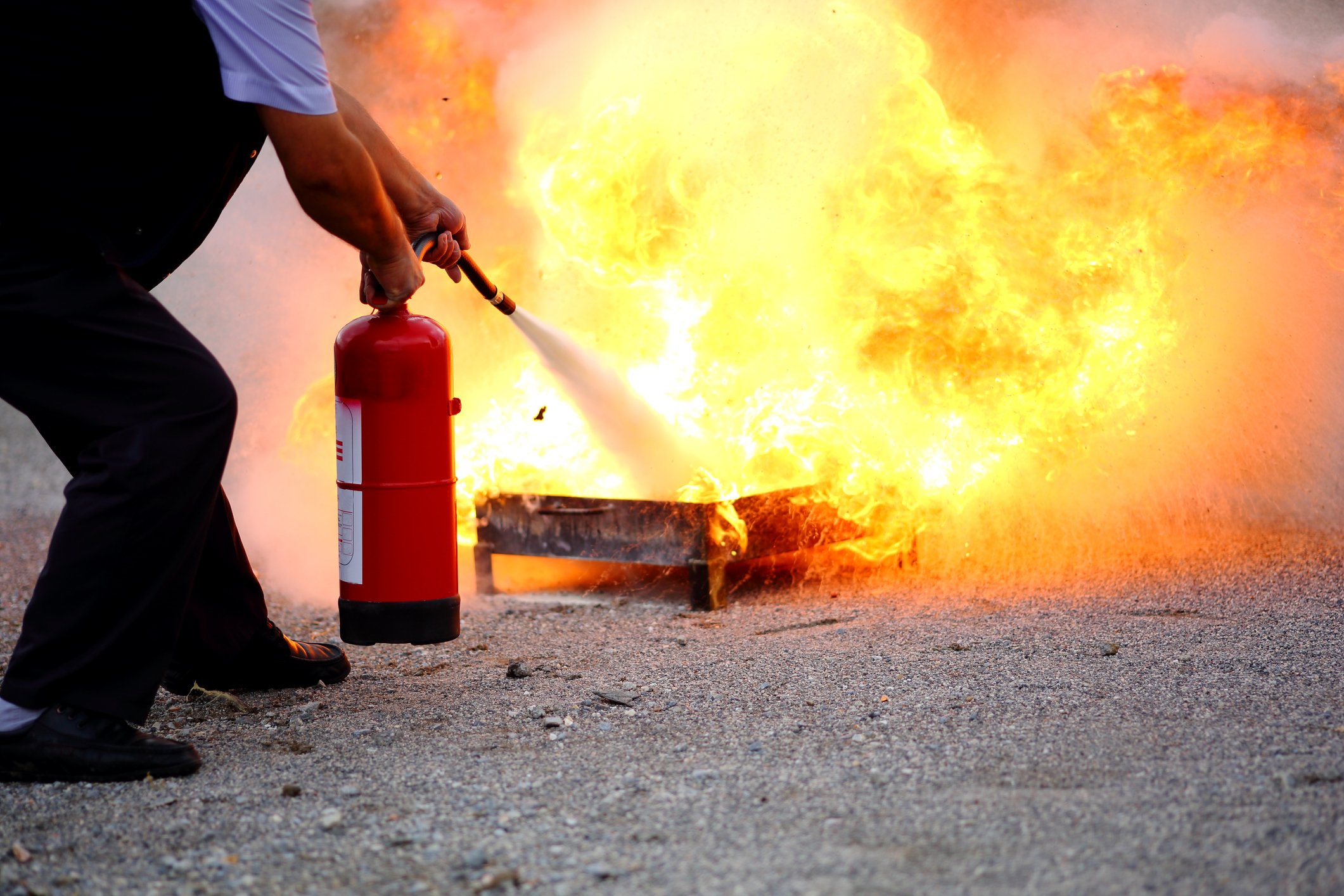
Extinguish Or Evacuate The 5 Types Of Fire And How To Respond

Classes Of Fire According To International Standards Hse Skyward

Abcs Of Fire Extinguishers Fire Prevention Services The University Of Texas At Austin
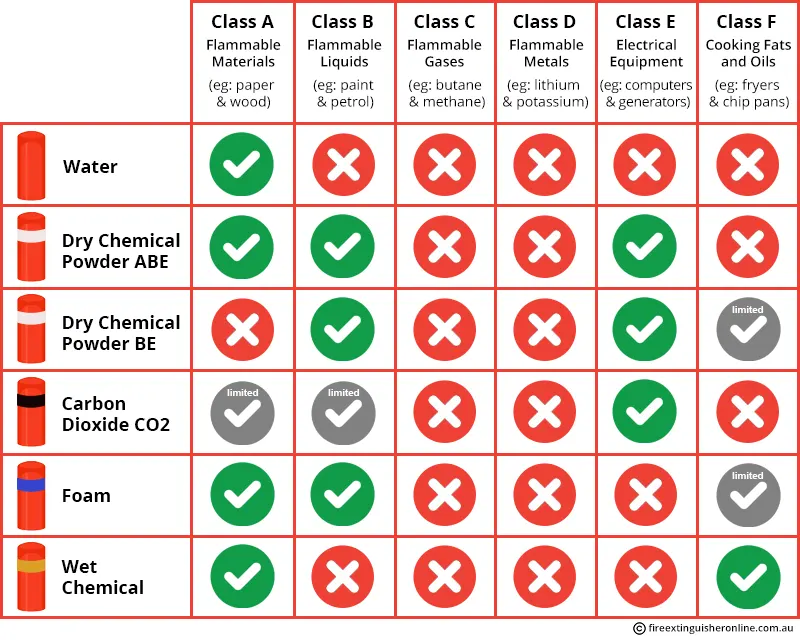
Fire Extinguisher Types And Fire Classes In Australia
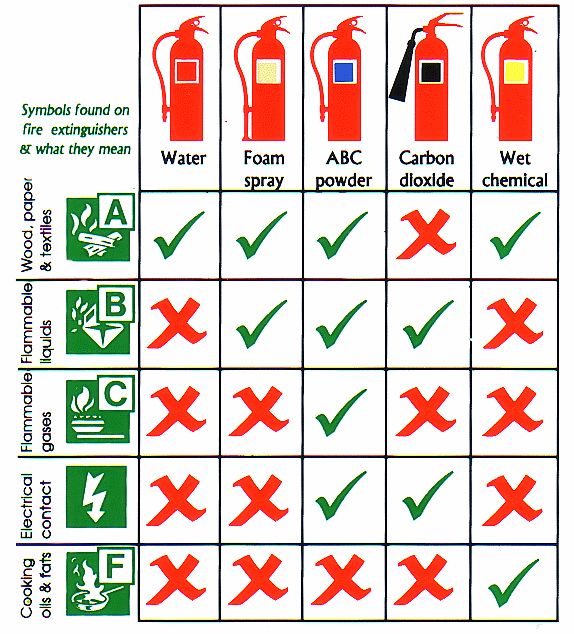
Fire Extinguisher Types How To Choose The Right Class

What Fire Extinguisher To Use Which Fire Extinguisher

Classes Of Fire An In Depth Look At Fire Prevention

Fire Extinguishers Marsden Website
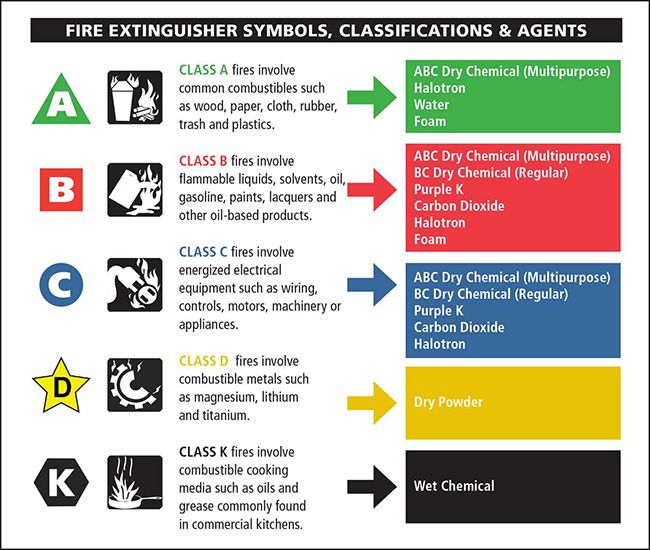
Types Of Fires Kidde Fire Safety
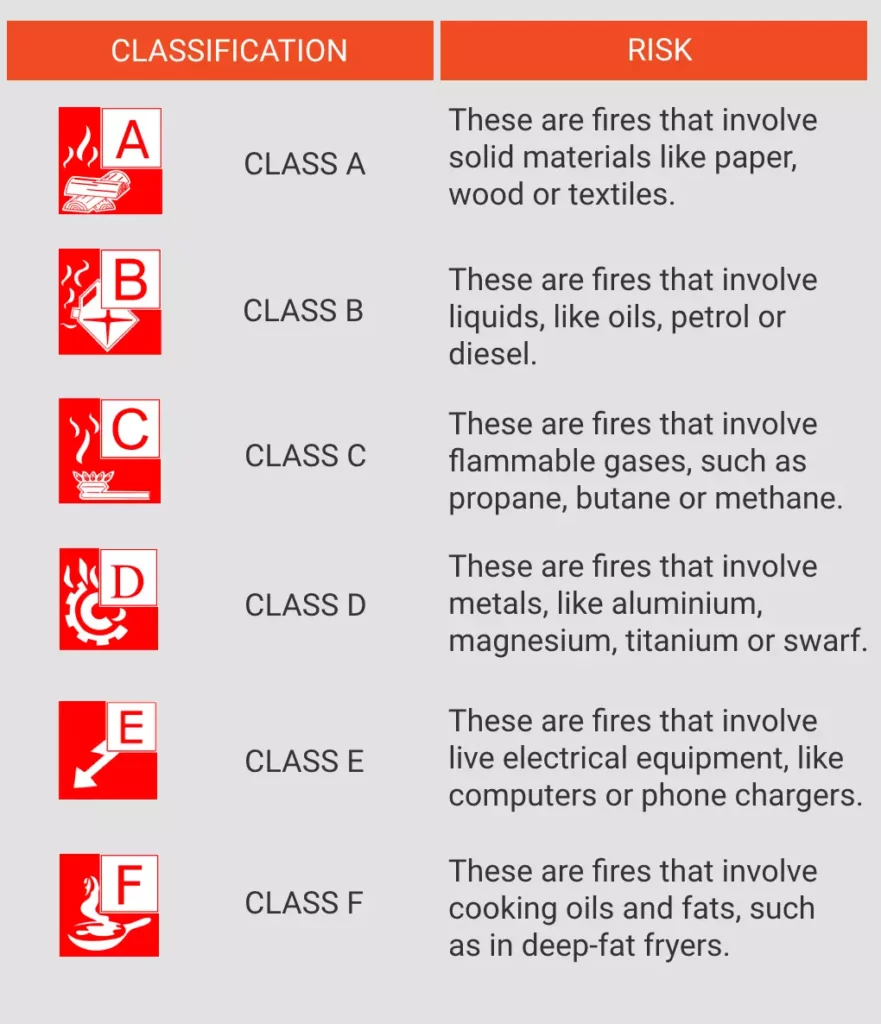
Fire Classification The Different Classes Of Fire Ideal Response

